In the rapidly evolving world of automation and industrial applications, Intelligent Integrated Electric Actuators (IIEAs) are at the forefront of technological advancements. These compact, self-contained devices are revolutionizing the way industries approach motion control, offering enhanced performance, efficiency, and flexibility. This article will explore the key features, advantages, and applications of Intelligent Integrated Electric Actuators, and why they are becoming an essential component in modern systems.
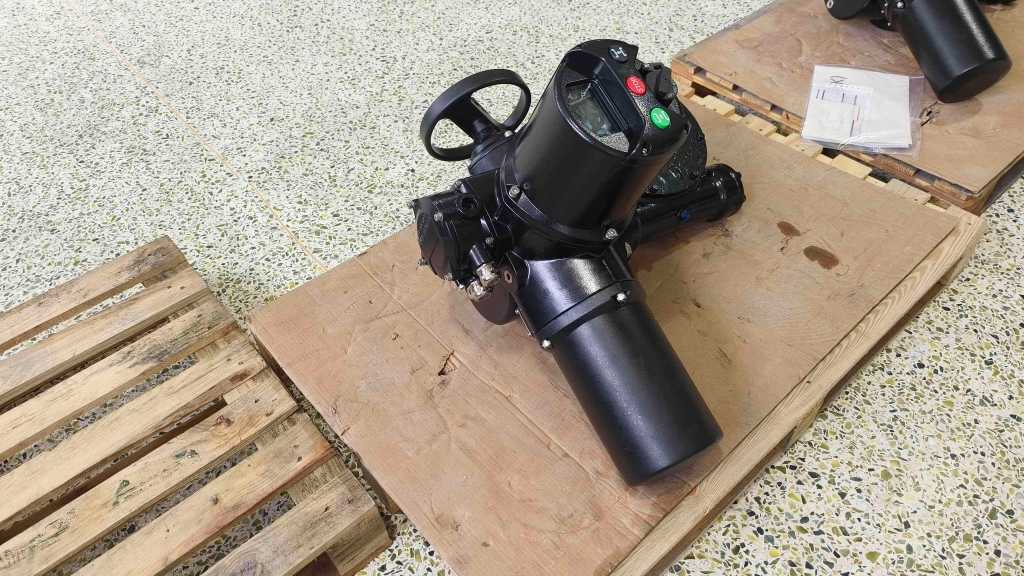
What Are Intelligent Integrated Electric Actuators?
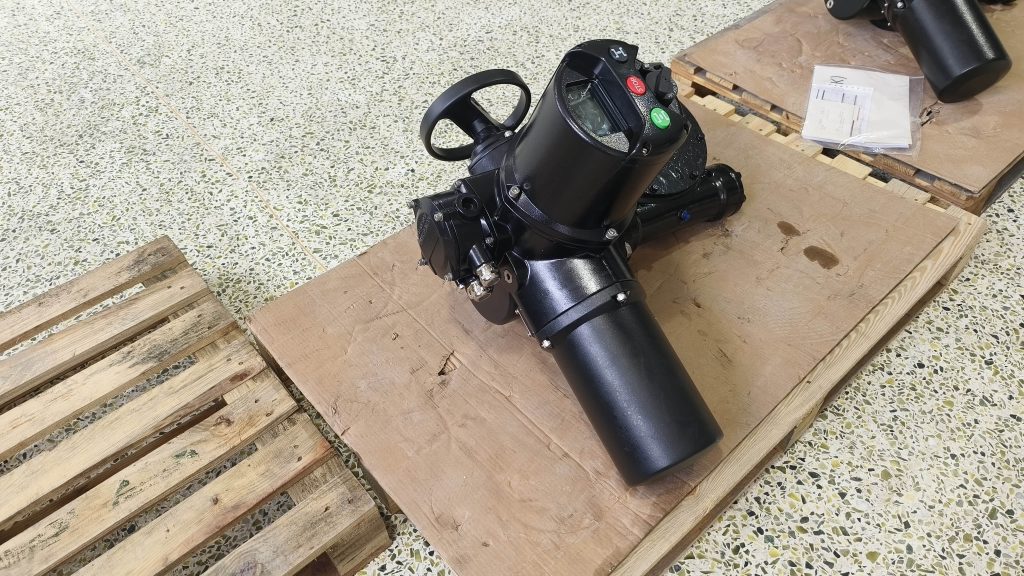
An Intelligent Integrated Electric Actuator is a highly sophisticated device that combines multiple functions into a single unit. It integrates an electric motor, control electronics, feedback sensors, and a mechanical actuator into one compact package. Unlike traditional actuators that rely on external controllers and multiple components, IIEAs operate autonomously with the capability to adjust their motion based on real-time feedback and programming. This integration significantly reduces complexity, installation costs, and system space requirements.
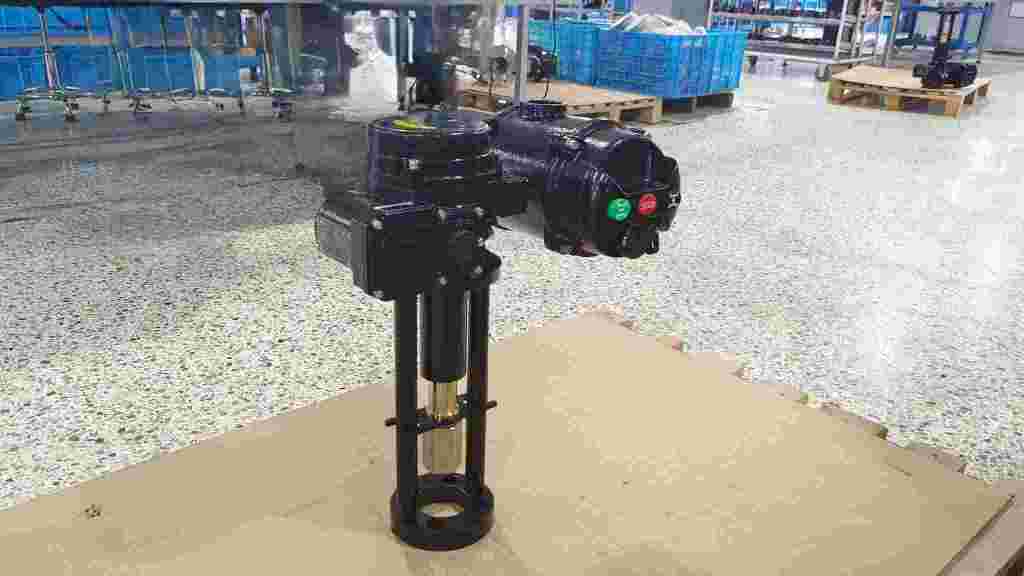
Key Features of IIEAs
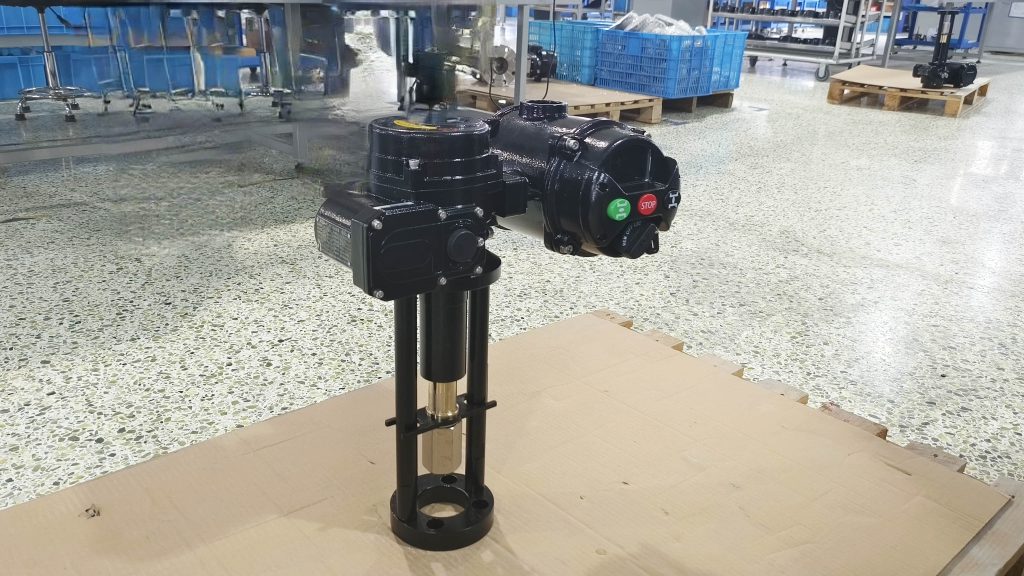
Compact Design: One of the most notable features of IIEAs is their compact design. The integration of motor, controller, and feedback sensors into a single unit results in a smaller footprint, making them ideal for applications where space is limited.
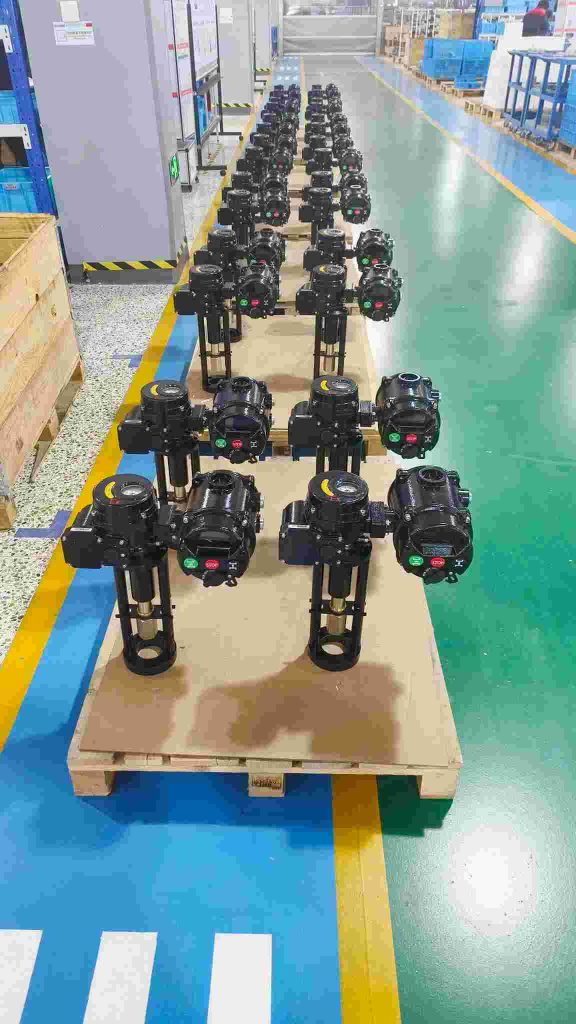
Intelligent Control: IIEAs are equipped with embedded controllers that allow for precise control of motion. These controllers enable the actuator to make real-time adjustments based on sensor data, optimizing performance and energy consumption. Feedback Mechanisms: Many IIEAs come with built-in feedback systems such as encoders or position sensors. These sensors provide real-time information about the actuator’s position, speed, and load, enabling closed-loop control that enhances precision and reliability. Energy Efficiency: Since IIEAs can adapt their energy consumption based on workload, they are inherently more energy-efficient than traditional actuators. The ability to reduce power usage without compromising performance is a significant advantage in energy-conscious industries.
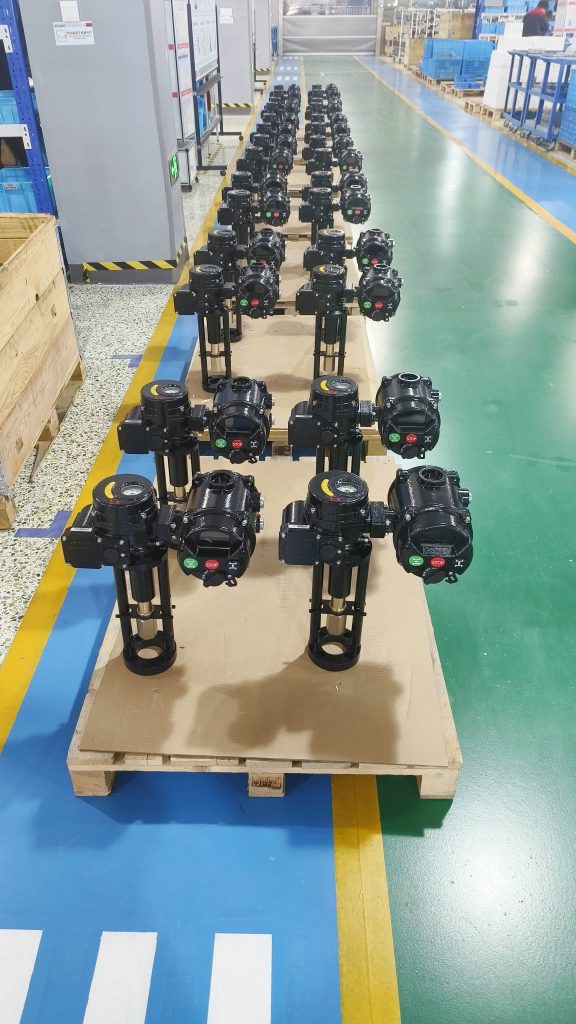
Leave a Reply